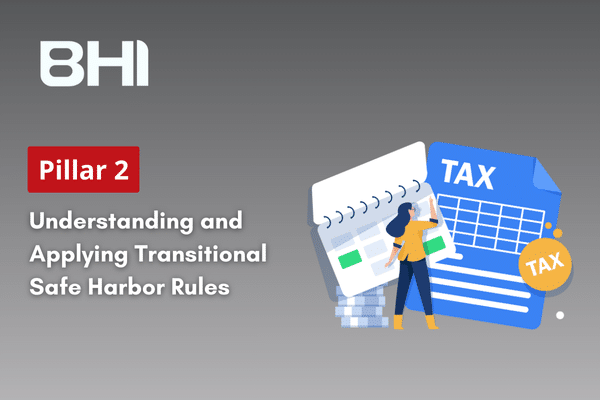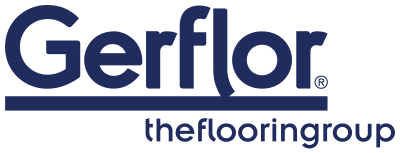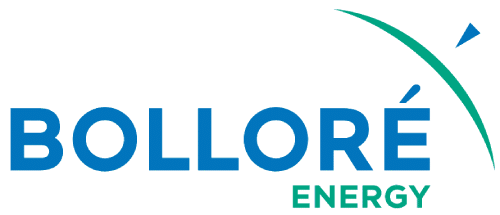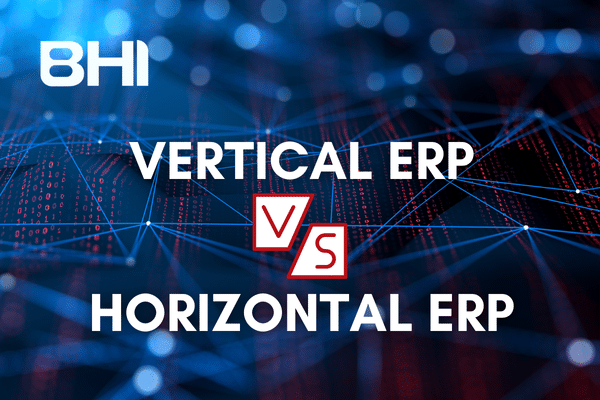The implementation of Pillar 2 represents one of the most significant tax reforms in recent decades. This framework, which establishes a minimum tax rate of 15% for multinational groups, fundamentally changes how companies must approach their global tax strategy.
For groups with consolidated revenue of at least 750 million euros in two of the last four financial years, this new regulation requires a completely redesigned approach to tax management and information systems.
The Fundamental Mechanism of Pillar 2
The GloBE (Global Anti-Base Erosion) rules constitute the technical framework of Pillar 2. Their principle is straightforward: when the effective tax rate (GloBE ETR) of a multinational group is below 15% in a given jurisdiction, a complementary tax (“Top-up tax”) must be paid.
This top-up tax is generally owed by the ultimate parent entity to the tax authority of its country of residence. Calculating the GloBE ETR for each jurisdiction requires determining the profit or loss, as well as the corresponding taxes, according to specific rules for each entity in the group.
These measures apply to financial years beginning on or after December 31, 2023, creating urgency for affected groups.
Transitional Safe Harbor Measures : A Welcome Simplification
Given the technical and operational complexity of fully implementing the GloBE system, the OECD published “Safe Harbours and Penalty Relief” principles on December 20, 2022.
These transitional measures, which rely heavily on qualified fiscal Country-by-Country Reporting (CbCR) data, offer a simplified approach for the transition period, effectively covering fiscal years 2024, 2025, and 2026 for groups with a December 31 year-end.
The Three Safe Harbor Tests : A Temporary Exit Path
If a jurisdiction meets one of the following three tests, the top-up tax for that jurisdiction will be presumed to be zero during the transitional period:
1. De Minimis Test
This test applies to jurisdictions where the group has a limited presence, with:
- Revenue less than 10 million euros (as reported in the qualified CbCR)
- Profit before tax less than 1 million euros (according to financial statements)
2. Simplified Effective Tax Rate Test
This test evaluates whether the effective tax rate, calculated in a simplified manner, is sufficiently high:
- The rate is calculated based on taxes from qualified consolidated financial statements (current and deferred tax) and profit before tax reported in the CbCR
- This rate must exceed the transitional threshold:
- 15% for fiscal years 2023 and 2024
- 16% for fiscal year 2025
- 17% for fiscal year 2026
3. Substance Test
This test takes into account the actual economic activity in the jurisdiction:
- The routine profit, corresponding to the sum of a percentage of eligible assets and a percentage of eligible personnel expenses, must be greater than or equal to the profit/loss before tax
- Eligible assets primarily correspond to the average net book value of tangible assets at the opening and closing of the fiscal year
It is important to note that a group may decide not to opt for the application of Safe Harbors in a jurisdiction or across all jurisdictions. However, this option is definitive for the entire transitional period.
Critical Considerations for Applying Safe Harbors
Implementing safe harbor measures raises several challenges that require particular attention:
The Scope Question
The CbCR scope often differs from the group’s consolidated scope. It is essential to ensure correct inclusion of all constituent entities:
- Non-material companies
- Fiscally transparent entities
- Equity-accounted companies
- Companies held for sale
- Joint ventures
- Permanent establishments
External growth operations can also have a significant impact on aggregates by jurisdiction, which requires adequate anticipation.
Data Reliability
The data used for tests primarily comes from “qualified” fiscal CbCR and consolidated contributory data grouped by jurisdiction. Their compliance with GloBE rules and definitions raises several questions:
- What treatment should be applied to specific taxes like CVAE (French business value-added tax)?
- How should tax credits be accounted for?
- How should uncertain tax positions (IFRIC 23) be treated?
- Have personnel expenses been correctly allocated by jurisdiction?
- Should inventory be considered in tangible assets?
Results Analysis
It is crucial to understand why certain jurisdictions with nominal tax rates above 15% may have simplified ETRs below this threshold. For example, historical non-activation of tax losses for companies potentially profitable in the short term can mechanically reduce the ETR of the jurisdiction.
Sensitivity tests are necessary, particularly for jurisdictions exempted thanks to a single safe harbor test. Indeed, according to the “once out, always out” principle, the transitional period ends as soon as a jurisdiction no longer validates at least one of the three tests.
Timeline Constraints
Given the scope of work to be carried out, it is essential to collect the necessary information on a tighter schedule than that provided by regulations, which may require the use of estimated data.
As a reminder, the ultimate parent entity must file the CbCR for a fiscal year within twelve months following the end of the fiscal year concerned.
Transforming Obligation into Strategic Opportunity
To comply with these new tax rules, groups must fundamentally rethink their approach to tax data. It is no longer simply about aggregating local tax impacts, but about developing a true coordinated tax strategy at the group level and for each jurisdiction.
The group’s head now bears the ultimate responsibility for the correct application of GloBE rules and payment of the top-up tax. Whether or not the group has to pay a Pillar 2 top-up tax, a declaration must be submitted to tax authorities detailing, by jurisdiction, the tests under which the jurisdiction was exempted from the GloBE calculation.
Since these tests rely heavily on financial data from consolidation tools, Pillar 2 projects require close collaboration between tax, accounting, and consolidation departments.
Beyond Safe Harbors : Preparing for the Next Steps
The calculation of Safe Harbors constitutes an important first step, but also an opportunity to initiate teams to Pillar 2 regulations and prepare for the following, more complex phases:
- Complete calculation of the GloBE ETR
- Substance-based deduction
- Determination of GloBE income
- Calculation of top-up tax
- Evaluation of the need for a dedicated tool
We are witnessing the emergence of true tax consolidation under an international framework (GloBE), which is profoundly transforming the tax practices of international groups.
Conclusion : Anticipate to Better Control
Faced with the complexities of Pillar 2’s transitional safe harbor rules, a strategic approach is essential. This major regulatory change offers an opportunity to modernize your financial information systems while optimizing your global tax strategy.
Since 2010, BHI Consulting has been helping international companies meet their most complex technological challenges. Our expertise in EPM solutions, particularly OneStream and CCH Tagetik, is directly applicable to Pillar 2 challenges:
- International data centralization
- Automation of complex ETR and Safe Harbor calculations
- Reliability of reporting for new declaration obligations
- Complete traceability of adjustments and restatements
As our CEO Raphaël Samoun emphasizes: “A successful project ensures high-quality data is made available to decision-makers” – a fundamental principle for successful Pillar 2 compliance.
To navigate this transformation effectively, BHI Consulting offers support that combines technical expertise and a deep understanding of tax issues. Our integrated approach allows you to convert this regulatory constraint into a real opportunity to optimize your financial processes.
Ready to secure your Pillar 2 compliance ?
Contact our experts today via our form for a personalized assessment of your needs and discover how our solutions can support you in this strategic transition.

















